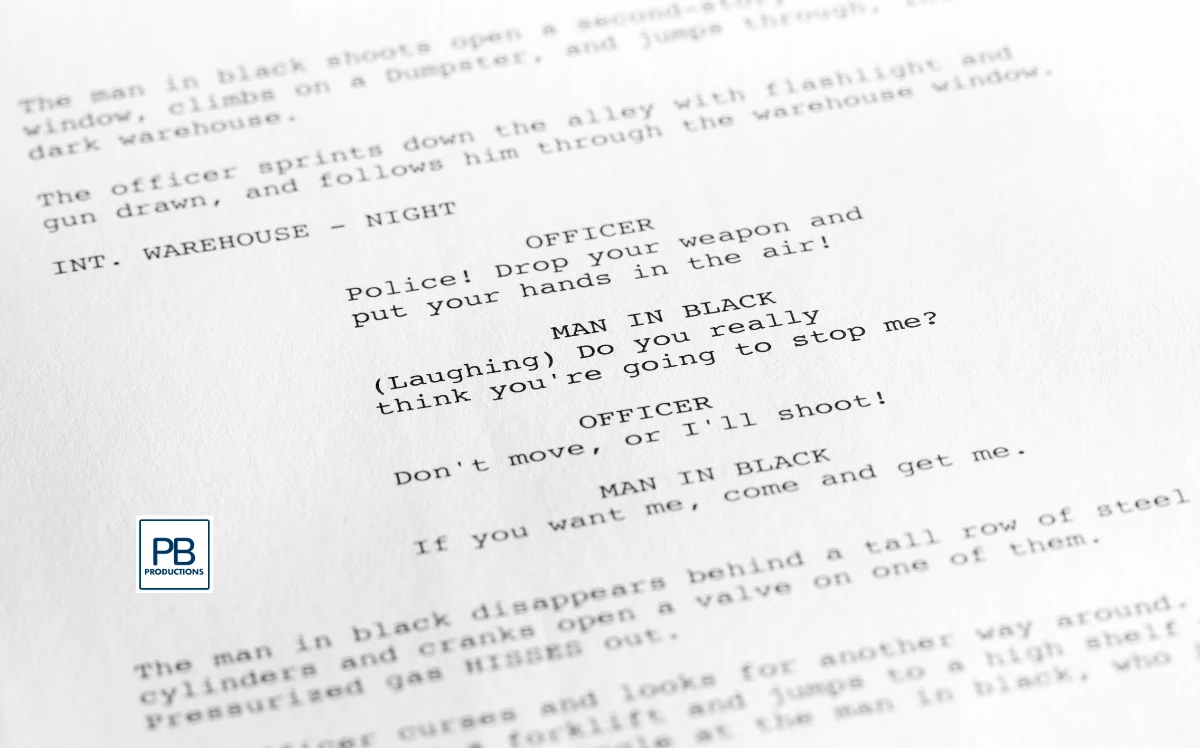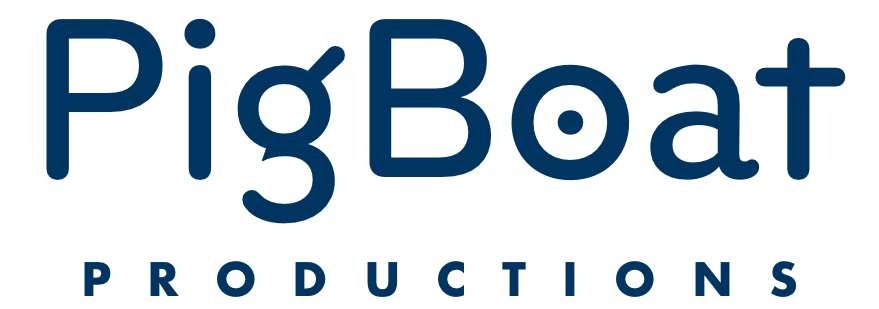An Overview of Writing a Movie Script
Writing a movie script is an exciting journey from the first spark of an idea to the final script. It’s a blend of creativity and structure, allowing you to bring your story to life. This guide offers a comprehensive overview of the scriptwriting process, tailored for beginners and seasoned writers alike.

Understanding the Basics
Before diving into writing, it’s crucial to grasp the core elements of a screenplay. A script is more than just dialogue; it includes scene descriptions, character actions, and the overall pacing of the story. Familiarize yourself with screenplay formatting, which is essential for industry standards.
- Character and Plot: Develop compelling characters and storyline whice drive the story.
- Structure: Most scripts follow a three-act structure: setup, confrontation, and resolution.
- Format: Use proper screenplay format to ensure your script is professional.
Character and Plot Development
Character and plot development are intertwined elements that drive the narrative forward and engage the audience. Character development involves the evolution of characters over the course of the story, showcasing their motivations, growth, and changes in response to the plot’s challenges. This progression offers depth and relatability, allowing viewers to connect emotionally with the characters.
Simultaneously, plot development unfolds the sequence of events in a structured manner, with each scene building upon the last to escalate the central conflict and move toward a resolution. Effective plot development ensures that each action and decision is consequential, shaping the characters and their journeys, while maintaining a coherent and compelling storyline that keeps the audience invested.
Three Act Structure
The three-act structure is a classic model used in narrative writing and filmmaking, dividing the story into three distinct parts: the setup, confrontation, and resolution. This framework provides a clear arc of progression, guiding the audience through the introduction, escalation, and conclusion of the story.
Act One: The Setup
Act One is the foundation of your story, where you introduce your characters, setting, and the central conflict. It’s crucial to grab the audience’s attention here, often through a compelling “hook” that draws them into the narrative. In this act, you establish the protagonist’s world and what’s at stake for them. The key event, known as the inciting incident, occurs in this act, propelling the protagonist into a new direction or challenge. This act sets up the journey ahead, providing the audience with enough context to understand the characters and their motivations. By the end of Act One, the stage is set, the main characters are introduced, and the audience is fully invested in the journey that lies ahead.
Act Two: The Confrontation
Act Two, the longest of the three, is where the protagonist faces the bulk of their challenges and obstacles. It’s the heart of the script, showcasing the protagonist’s journey towards their goal, punctuated by moments of conflict, character development, and plot twists. This act deepens the narrative, introducing subplots and further exploring the themes of the story. The protagonist’s character is tested, and their growth is evident as they navigate the complexities of their journey. Midway through this act, a midpoint occurs, often a significant turning point that raises the stakes or changes the protagonist’s approach. Act Two culminates in a climax, setting the stage for the final act, where the tension and conflict reach their peak, pushing the protagonist to their limits.
Act Three: The Resolution
Act Three is where all the storylines converge, leading to the resolution of the central conflict. This act showcases the climax, the most intense part of the protagonist’s journey, where they face their greatest challenge or adversary. The climax is a critical moment that determines the outcome of the story, often resulting in a significant change or realization for the protagonist. Following the climax, the falling action ties up loose ends, resolving subplots and clarifying the fates of the characters. The act concludes with the denouement, where the story’s outcome is revealed, and the protagonist’s journey reaches its end. This act provides closure, leaving the audience with a sense of completion and reflection on the journey they’ve witnessed.
Proper Movie Script Format
Proper movie script format is essential for readability and professionalism, adhering to industry standards that facilitate smooth transitions from script to screen. A screenplay is typically structured in a 12-point Courier font, with specific margins for dialogue, action descriptions, character names, and scene headings. Action descriptions are concise, providing a clear picture of what’s happening on screen, while dialogue is centered under character names, making it easy to follow who is speaking.
Slug lines, or scene headings, clearly indicate the location and time of day, guiding the production team in visualizing the scene setup. This standardized formatting not only ensures clarity and consistency but also allows industry professionals to gauge the length of a script, as one formatted page approximately equals one minute of screen time. Adhering to this format demonstrates a writer’s professionalism and understanding of the industry, making their work more accessible and appealing to potential collaborators and producers.

Crafting Your Story
Idea Generation
Start with a solid story idea. It should be engaging, unique, and something you’re passionate about. Whether it’s a character-driven piece or a plot-centric narrative, the core idea should be strong enough to build a screenplay around.
Outlining Your Script
An outline is your roadmap. It guides you through your story’s beginning, middle, and end. This step is about planning your scenes, understanding your characters’ arcs, and ensuring a cohesive narrative flow.
- Break down your story into the three-act structure.
- Sketch out key scenes and plot points.
- Determine the journey of your main characters.
Writing Your First Draft
With your outline in hand, it’s time to write your first draft. This stage is about getting your ideas on paper, not perfection. Write your scenes, flesh out dialogues, and let your creativity flow.
- Focus on writing without self-editing.
- Develop your scenes and characters.
- Maintain a consistent writing schedule.
Revising Your Script
After completing your first draft, revision is key. This is where you refine your story, tighten your dialogue, and ensure your script is compelling and clear.
- Review your script for structure and pacing.
- Enhance dialogue for authenticity and impact.
- Seek feedback from trusted peers or mentors.
Final Touches
Before declaring your script finished, ensure every element is polished. This includes checking formatting, correcting typos, and making sure your script aligns with industry standards.
- Perform a final formatting check.
- Refine any lingering weak spots in your narrative.
- Consider a professional script reading or coverage service for feedback.
Going on the scriptwriting journey is a testament to your creativity and determination. By understanding the basics, crafting your story thoughtfully, and embracing the revision process, you’re well on your way to creating a compelling movie script. Remember, every great movie started with a single word on a page – yours could be next.
